Research Counts
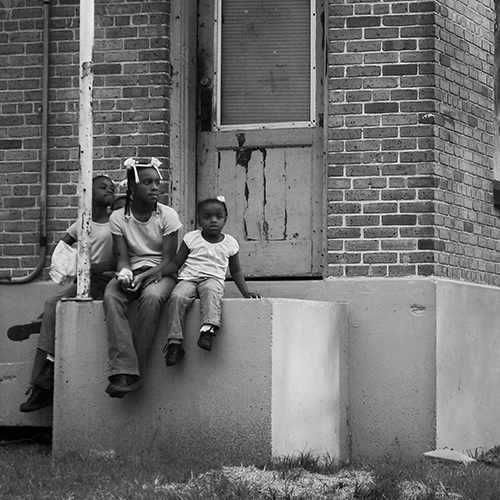
In the rush to help people recover after disasters, inequitable systems are often put into place that promote injustice and discrimination. This piece examines how that happened after Hurricane Katrina—and how it's likely to happen again following Maria.
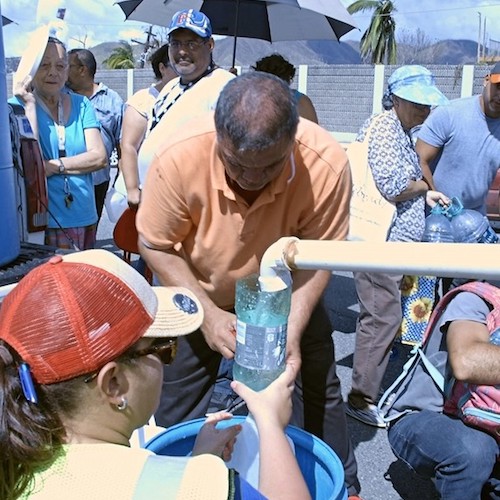
Months after Hurricane Maria, Puerto Rico is far from recovery and in the midst of a humanitarian crisis. This piece looks at how U.S. territorial status has led to mounting woes before and after the storm that affect the welfare of its residents.
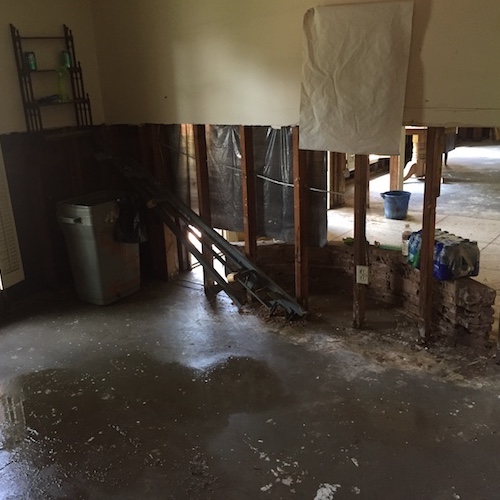
Helping policymakers understand the true stakes of disaster decision making is one way to really make sure research counts, and this transcript on housing considerations following Hurricane Harvey is one example.
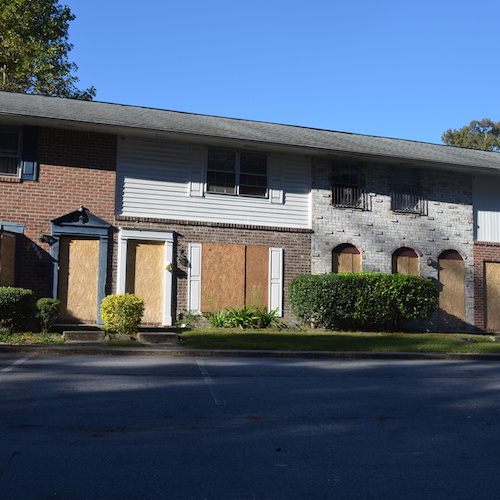
As emergency officials attempt to allocate scarce resources following disasters, systematic measurements of social vulnerability—such as the Social Vulnerability Index—can assure help goes to those who need it most.
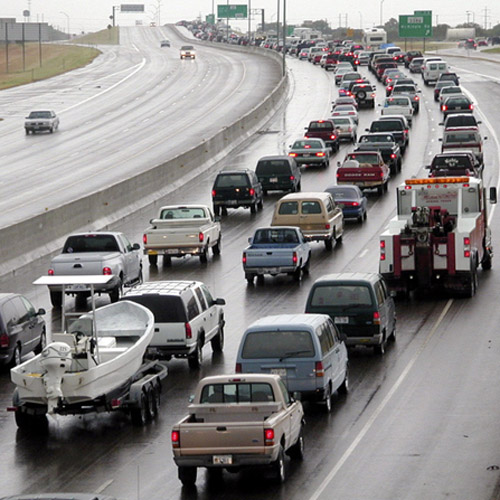
The decision to evacuate or shelter in place during disasters can sometimes seem black and white, but many elements are at play—not the least of which is how individuals perceive risk.
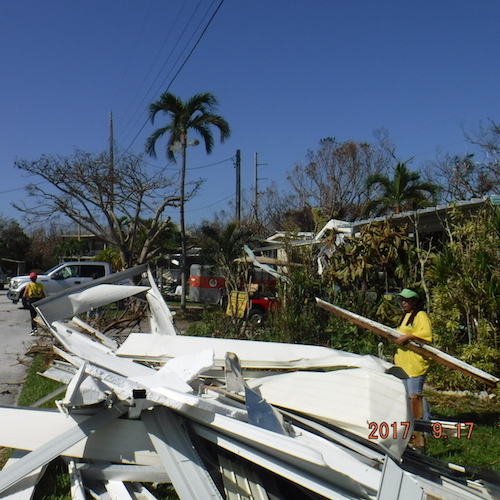
It's not necessary to rebuild buildings after a disaster to rebuild thriving city centers. Nicole Hutton explains how simple projects can create gathering spaces that help cities begin to hum again, even amidst construction.
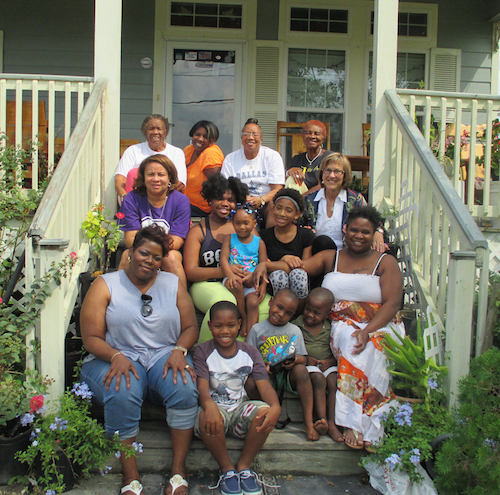
Recovery is not one-size-fits-all and emergency officials that incorporate a sense of place and community identity into recovery efforts can have a huge impact on the success of the people who live there.
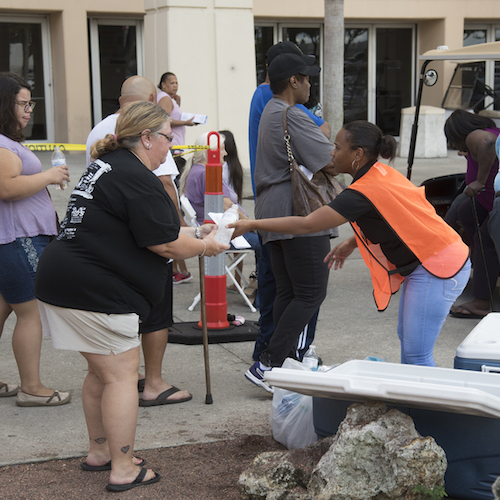
It’s Time to Bring Back the People: Challenges and Opportunities for Participatory Disaster Recovery
Including the public in disaster recovery planning might seem obvious, but it's a step that's often not given enough attention. This article offers tips to make sure recovery is a participatory process.
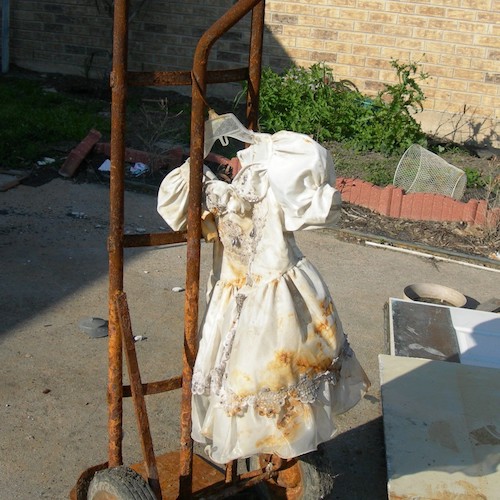
The devastation caused by disaster can reverberate through people’s lives for years, causing a cascade of other problems. This article reflects on the elusiveness of true recovery.
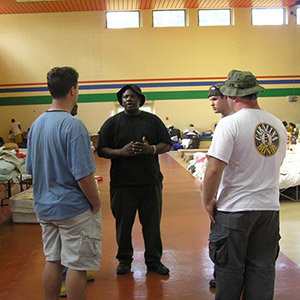
After disaster, communities talk about building back better, but often reconstruct problems of the past. This is true of social infrastructure, as well. Rachel Luft examines how we must rebuild from the intersection of race, class, and gender to create truly effective recovery.
If you are interested in contributing to this series, please contact Natural Hazards Center Director Lori Peek directly at lori.peek@colorado.edu.
